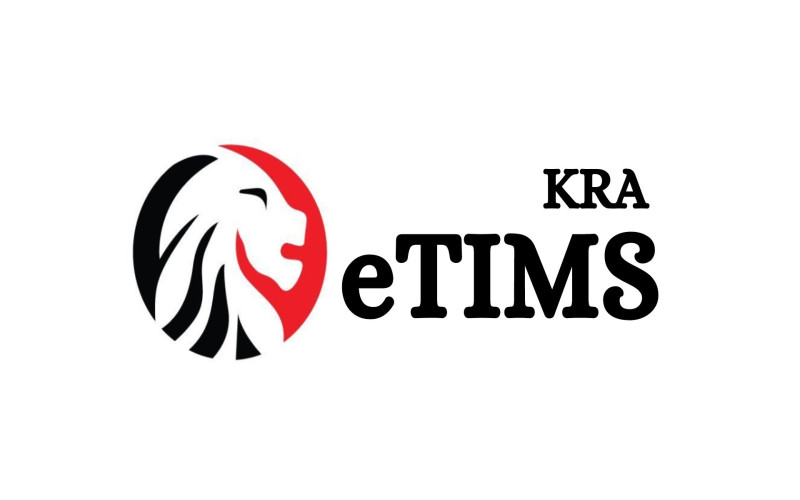
For years, several small scale business owners had never formally paid taxes to the government save for the county government levies. The President William Ruto administration, however, is hellbent on netting them into the tax bracket, thus introducing - eTIMS (electronic Tax Invoice Management System).
The Kenya Revenue Authority (KRA) defines eTIMS as a software solution that provides taxpayers with options for a simple, convenient and flexible approach to electronic invoicing.
Kenyans can access eTIMS from their computing devices - wherever they may be. Business owners are required to on-board the platform and issue electronic tax invoices - whether registered for VAT or not (non-VAT taxpayers).
It is accessible to all who register through the eCitizen platform, including a USSD option or a web-based solution.
KRA underscores some of the advantages of using eTIMS, which include - aiding in reducing compliance costs as the solutions are provided free of charge.
eTIMS offers flexibility in the solutions available and is accessible on various computing devices. The stock management module assists taxpayers maintain their own inventory.
eTIMS allows taxpayers to a maintain record of invoices issued on the taxpayer portal - also facilitates simplified return filing.
Onboarding on eTIMS
Owner (s), director (s), or partner (s) of a business should fill in and sign the eTIMS Acknowledgement & Commitment Form. A taxpayer can appoint a suitable representative to sign up and install the eTIMS on their behalf.
They are required to provide copies of the director's/partner’s/owner’s National ID along with copies of CR12 form for companies or Partnership Deed for Partnerships.
Step by Step on How to Onboard
Step 1: Go to the eTIMS Taxpayer portal (etims.kra.go.ke)
Step 2: Click on the Sign-Up button and input your PIN
Step 3: One Time Password (OTP) will be sent to your iTax registered mobile number
Step 4: Input the OTP sent to your registered mobile number on the sign up page and you will be prompted to create a password for your profile.
Step 5: Log in to the eTIMS taxpayer portal using your User ID (KRA PIN) and the password created during sign up.
Step 6: Click on the Service Request button and select your preferred eTIMS software solution listed under the “eTIMS Type” menu.
Step 7: Upload the following documents: i.A copy of the National ID of: a.At least one of the directors for Companies b.At least one of the partners for Partnerships c.The business owner for sole proprietorships ii.Duly filled eTIMS Commitment Form The form is accessible on the KRA website (click on Publications then click on eTIMS and search for the ‘eTIMS Acknowledgement & Commitment Form’).
Step 8: Submit your application. An authorized KRA officer will verify the application and approve as appropriate
Step 9: Install and configure the eTIMS software on the preferred device: i.For self-installation, one can access the ‘User Guides’ as found in the KRA website and ‘How to Videos’ on the KRA YouTube channel ii.Taxpayers can also visit the nearest KRA office for assistance.
Onboarding for non-VAT
The government had initially issued a March 31, 2024 deadline for all business owners to onboard to the platform.
Once onboarded, the taxpayers were required to progressively capture on eTIMS, all invoices and receipts issued manually from January 1, 2024 up to the date of onboarding.
"The law requires that for any person to claim their business expense, the expense must be supported by an electronic tax invoice. Therefore, all persons engaged in business are required to issue electronic tax invoices, whether registered for VAT or not (non-VAT taxpayers)," KRA stated.
How to generate Invoice on eTIMS Lite (e Citizen)
Step 1: After successfully initializing your eCitizen eTIMS account click on Sales to raise an invoice
Step 2: Click on Invoice
Step 3: Start by selecting whether it’s a Business to Business or Business to Customer transaction. Thereafter you can upload your logo (optional).
Step 4: Create a customer or select the customer if they already exist. To create a customer simply click the Add New button.
Step 5: If it is a valid KRA PIN the details of the customer will appear. Click on Add to add the customer to your list of customers.
Step 6: Once the customer is added to the list, select the customer you are invoicing. The details of the customer will appear automatically.
Step 7: Confirm that the tax type is D (Non-VAT). You can add a note (optional) and also input the Due date.
Step 8: Click on the Add Item button to add an item.
Step 9: Input the item details i.e. the product/service,description,unit cost and quantity then click Add.
Step 10: A summary of the items will be displayed as follows to confirm if the details are in order.
Step 11: You can include any terms and conditions that you would like your customer to see and know and finally select the payment method.
Step 12: Once you have confirmed that all the invoice details are in order, scroll back up and save your invoice.
You can either save and download the invoice using the Save button or save and send the invoice to your client via email using the Save And Send button.
By akirimi | 2 years ago